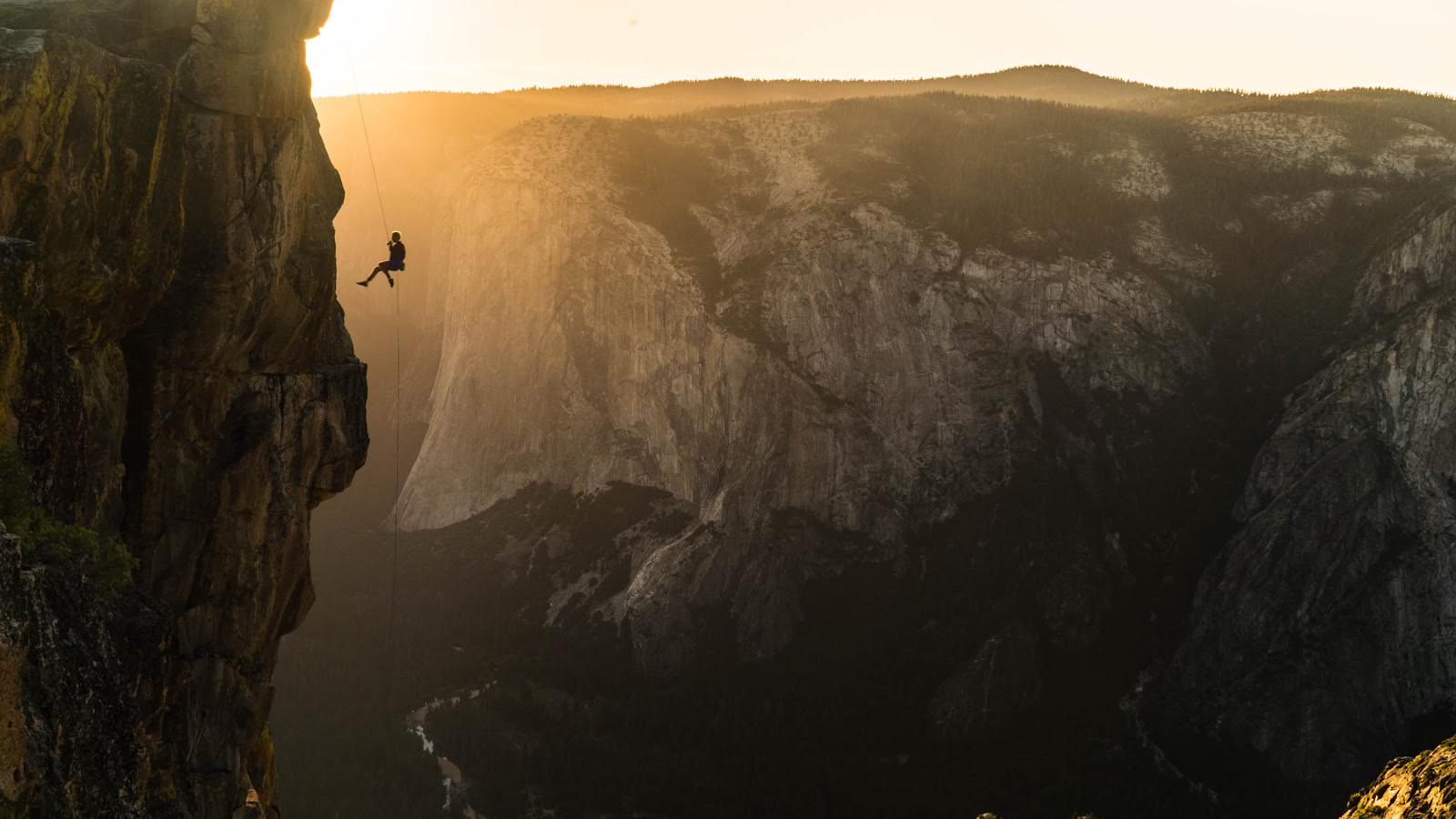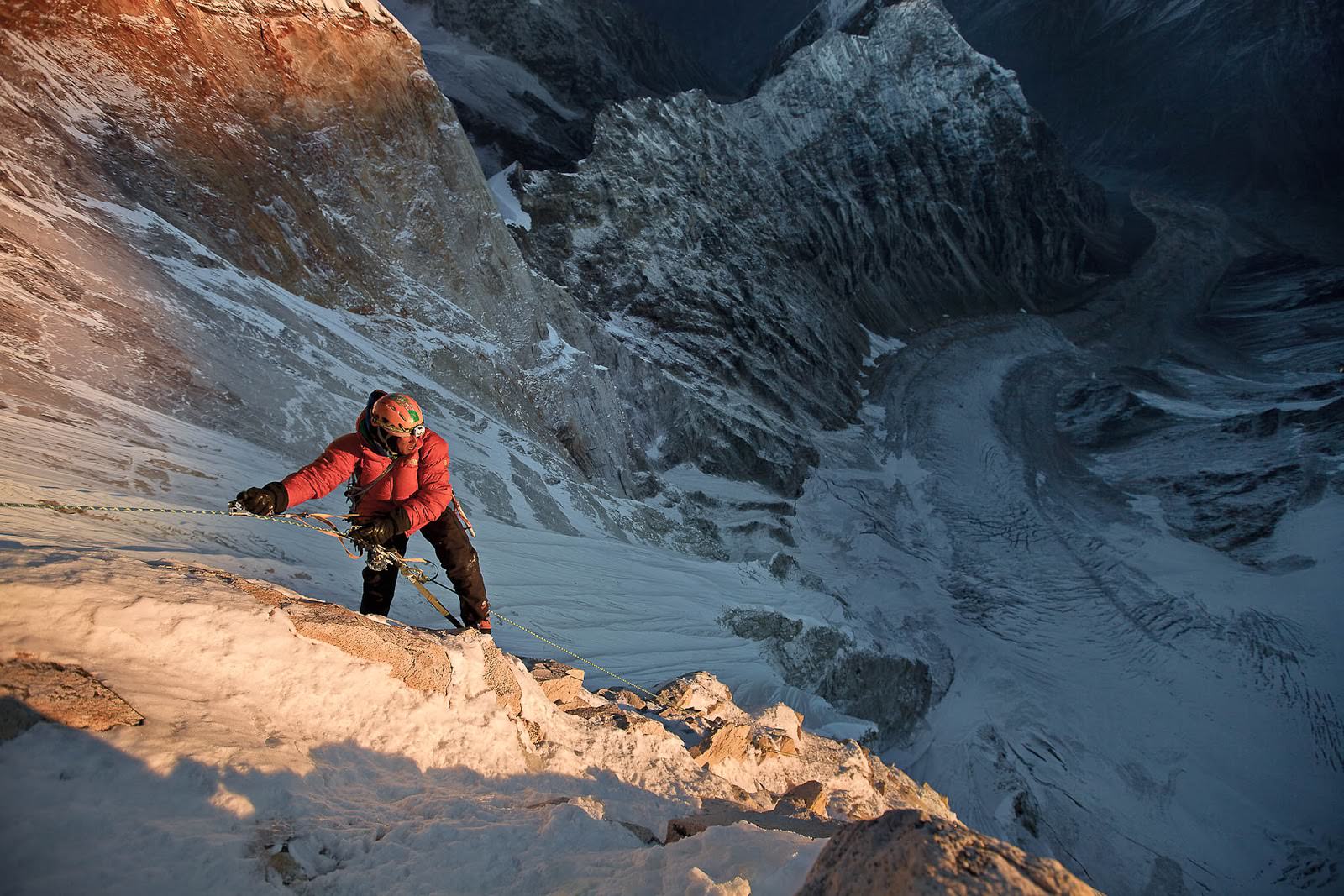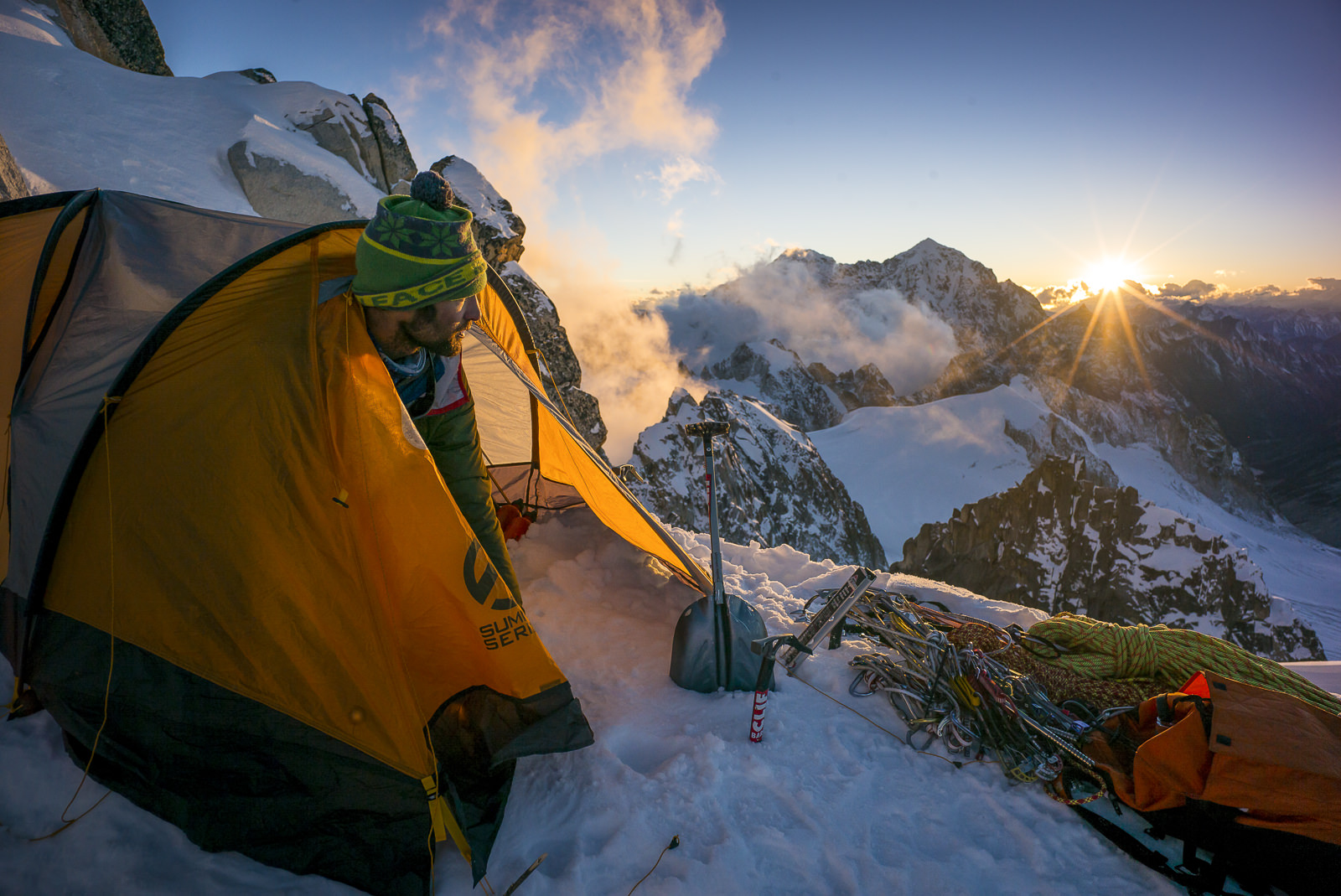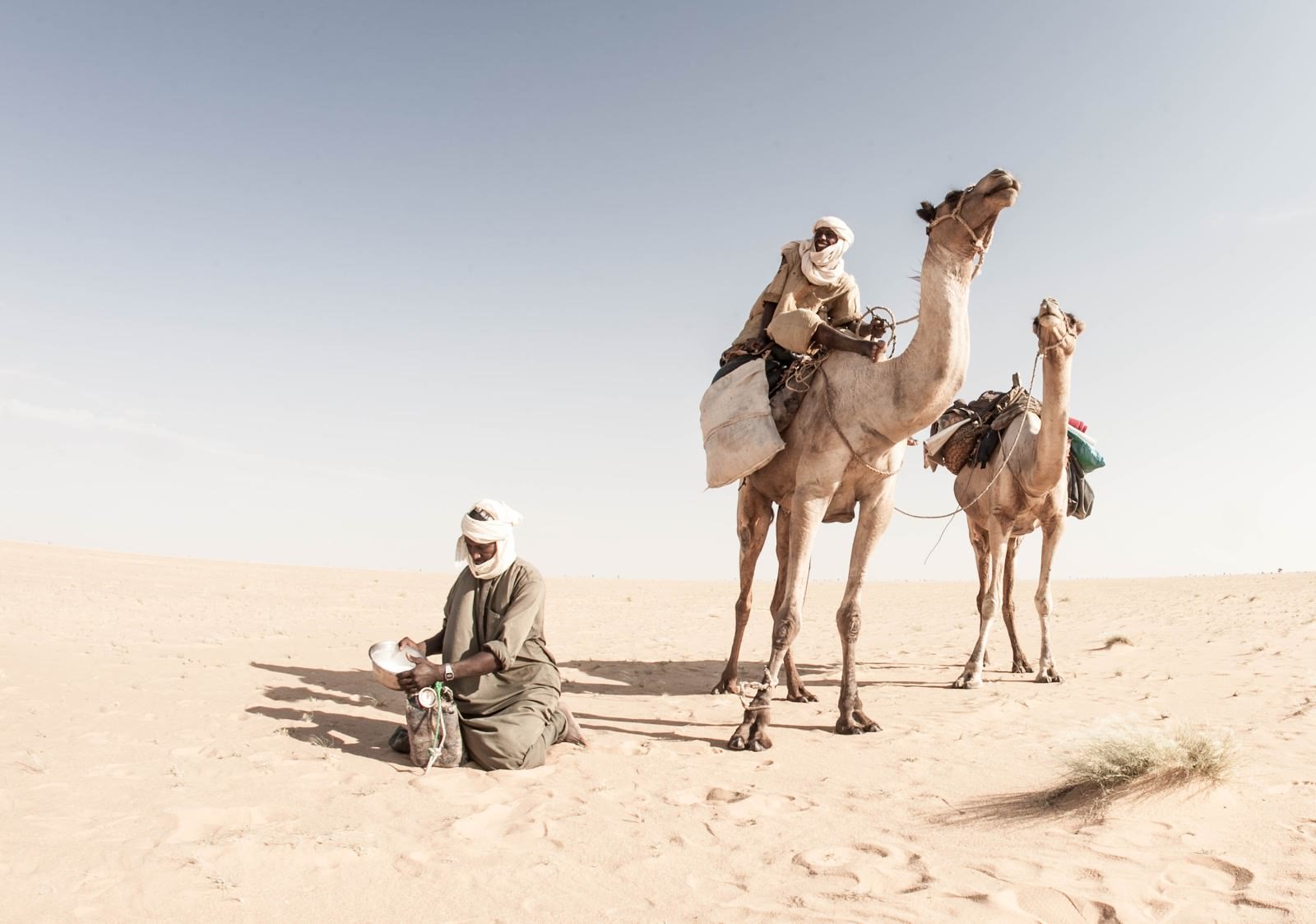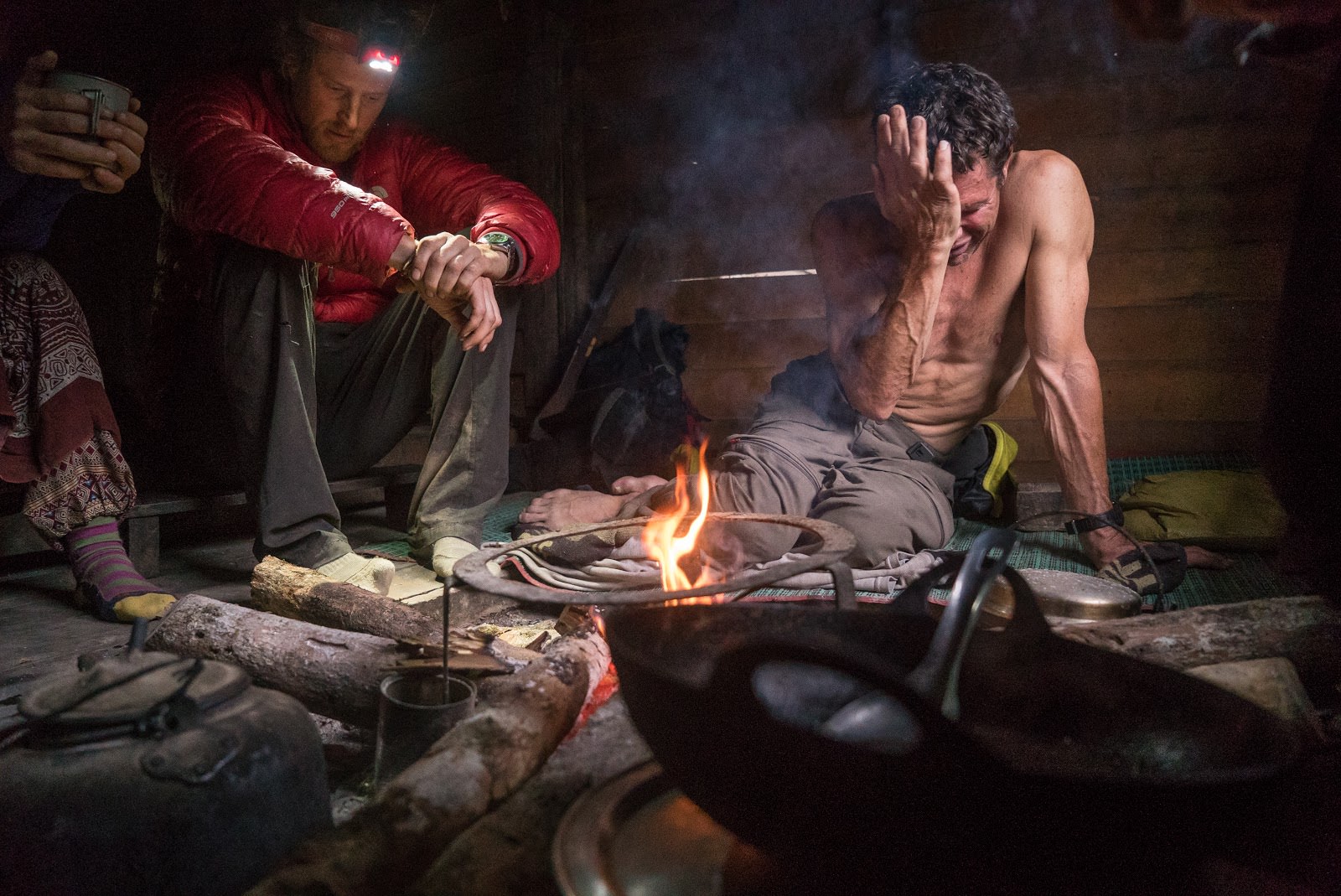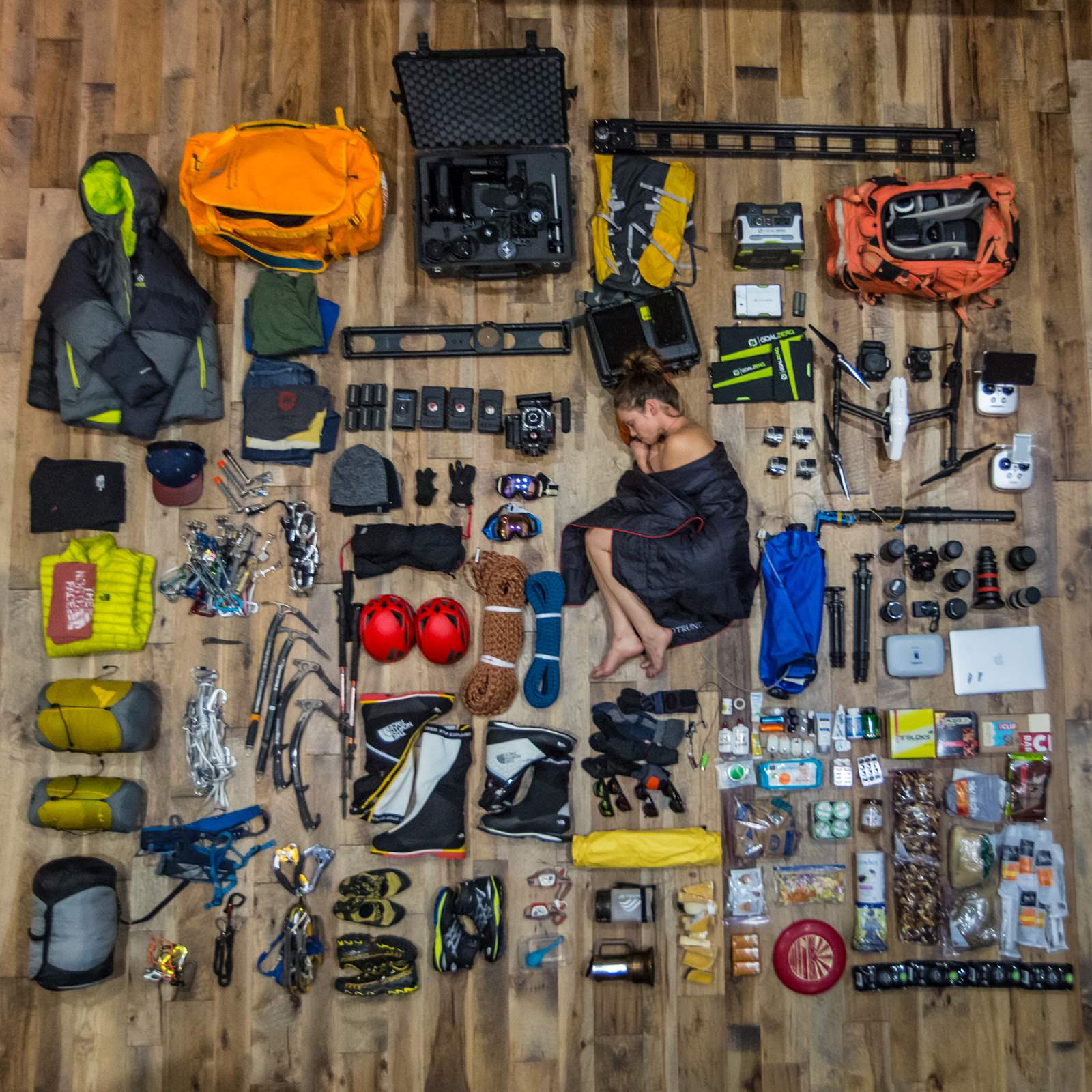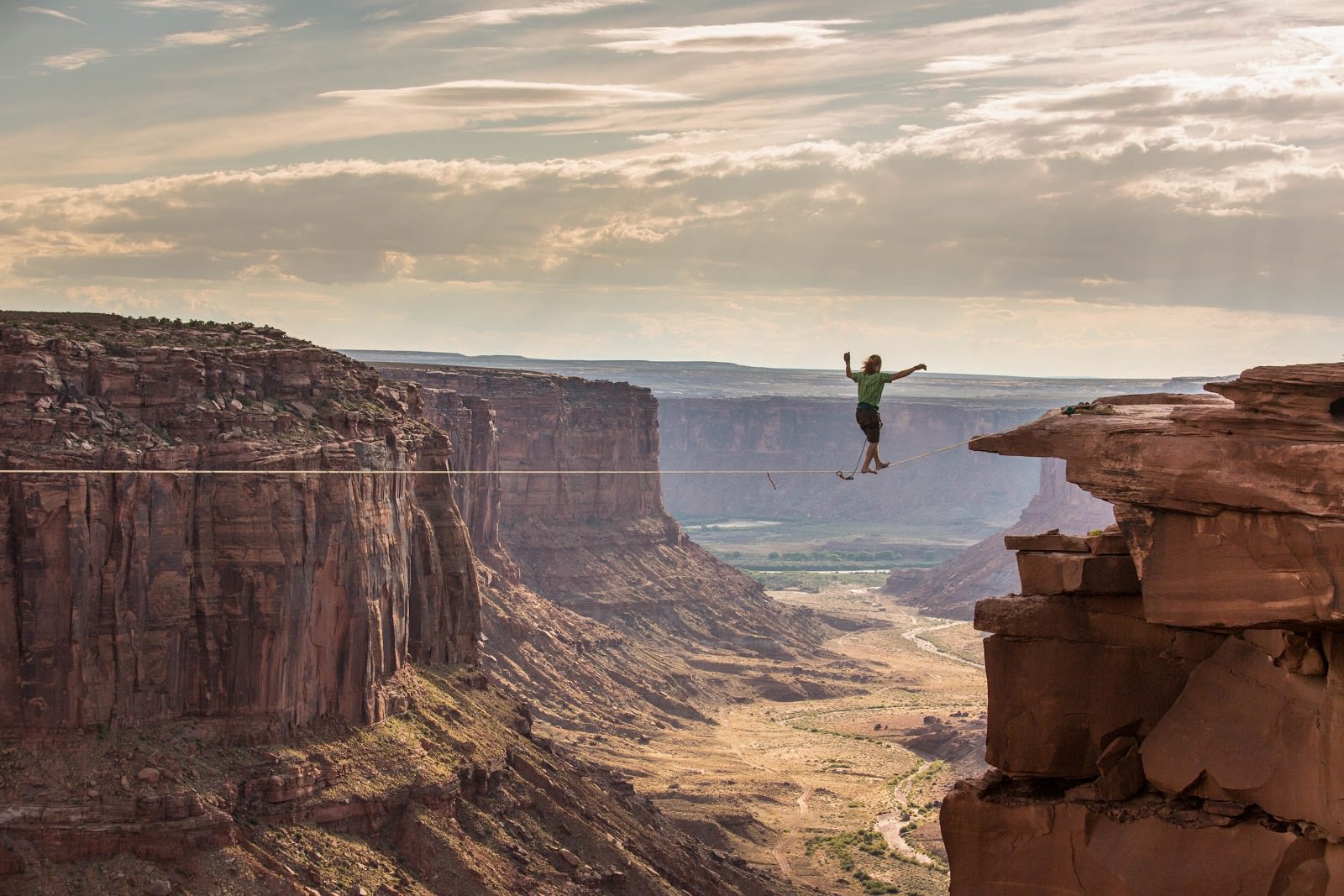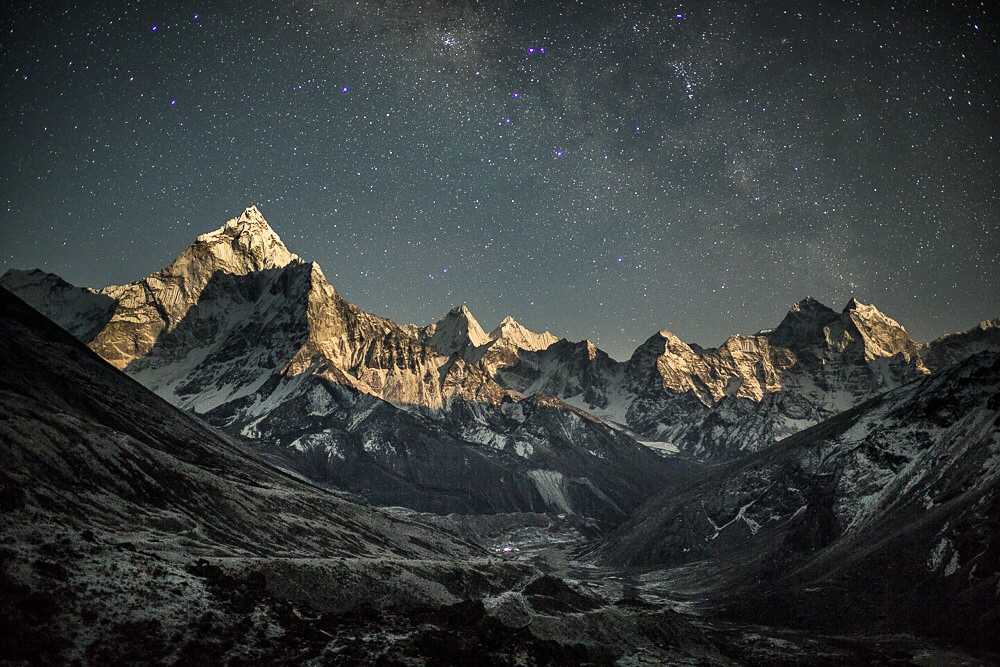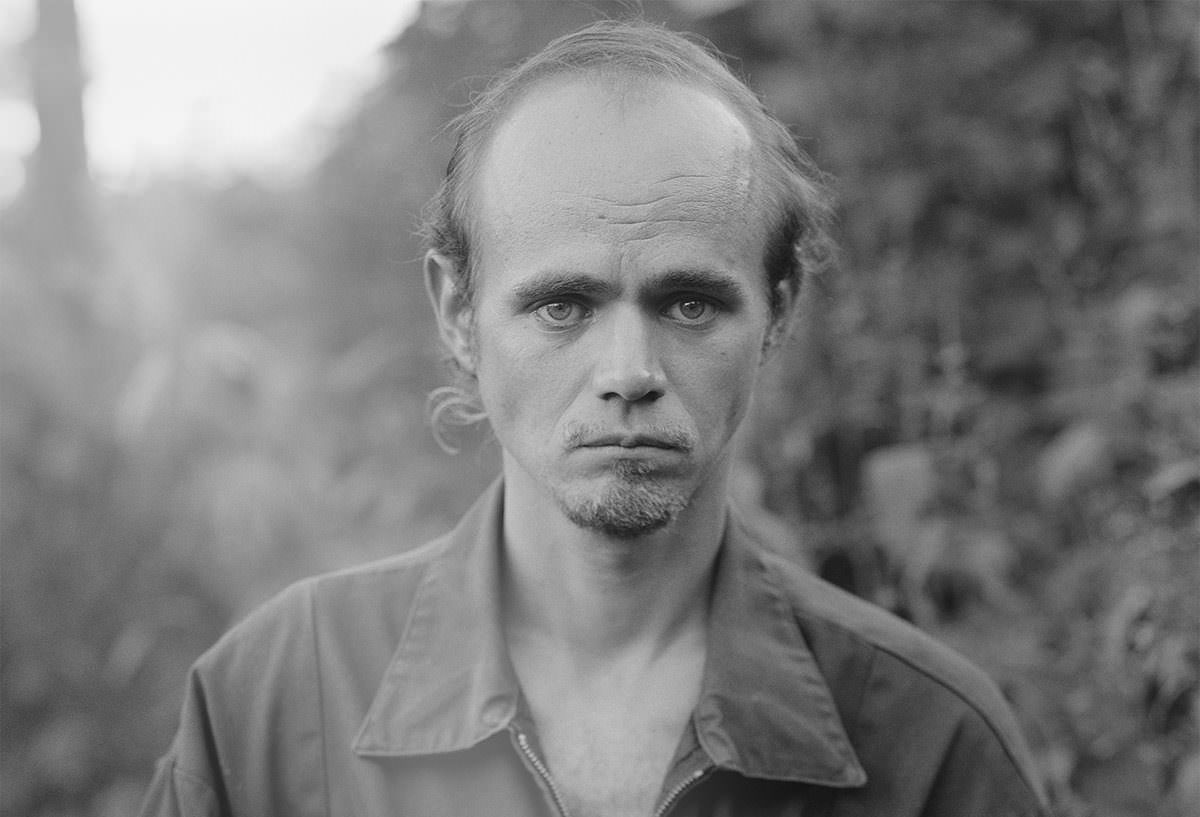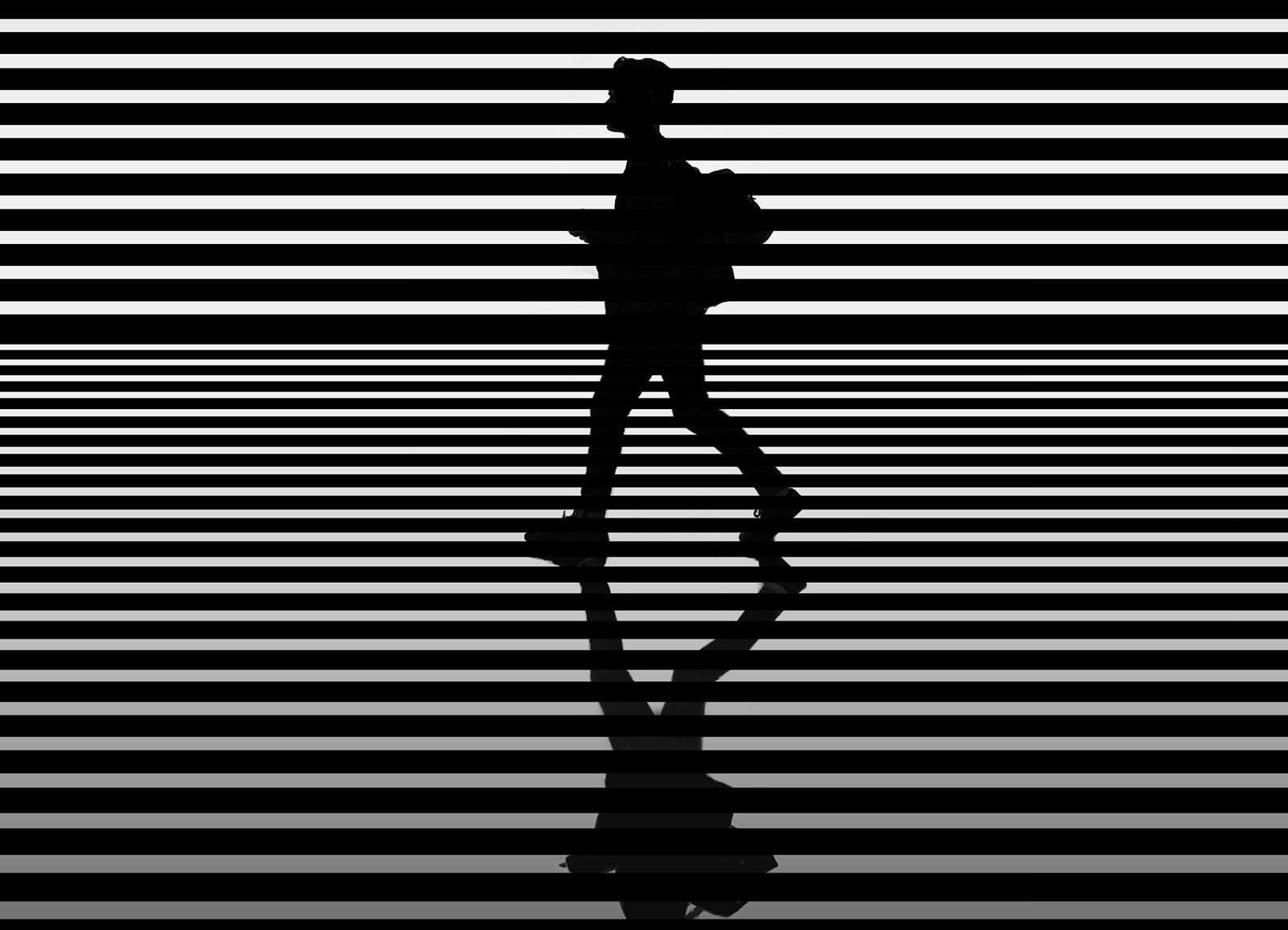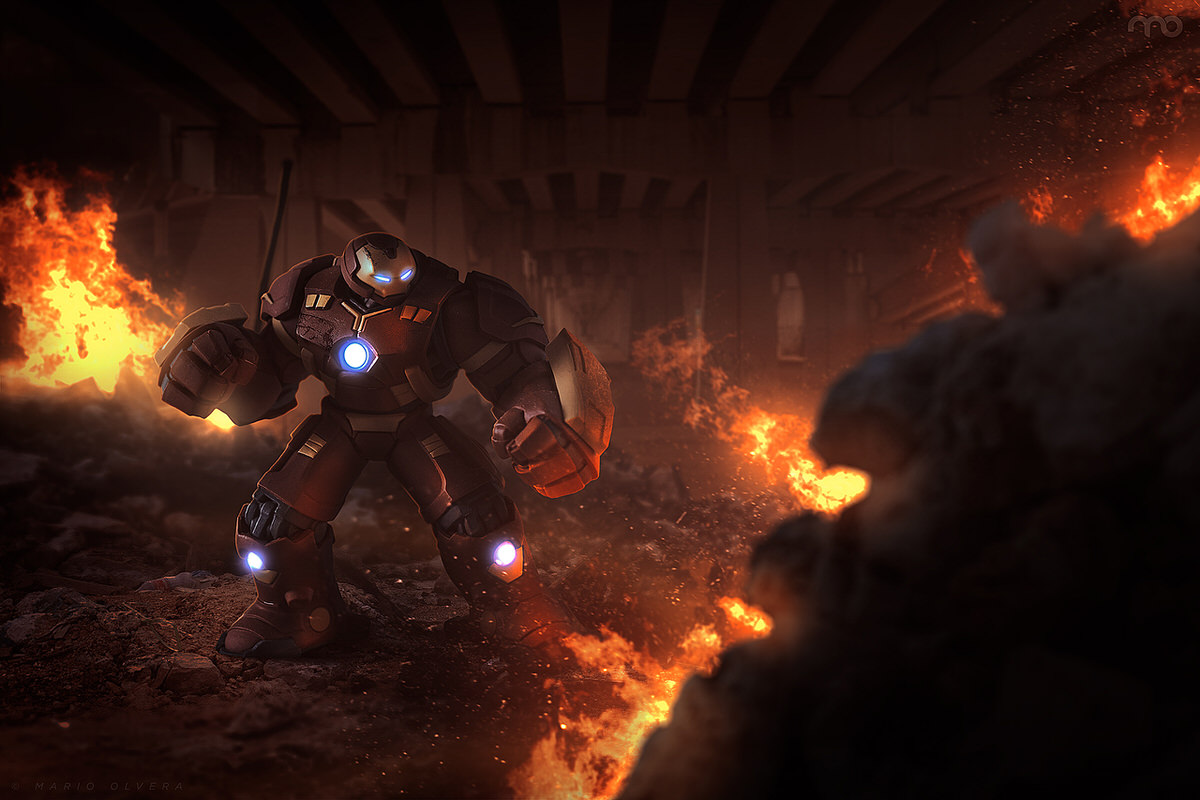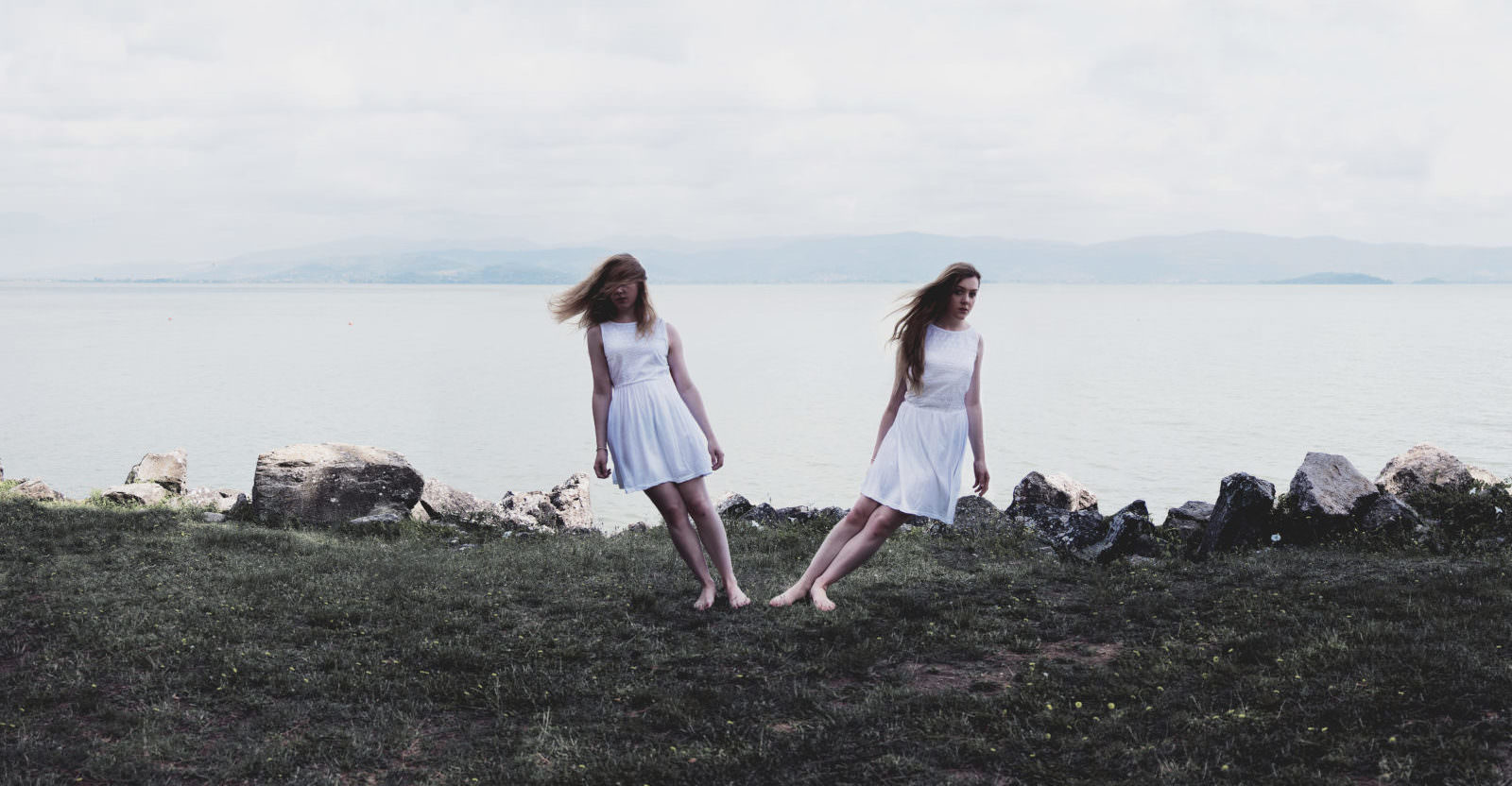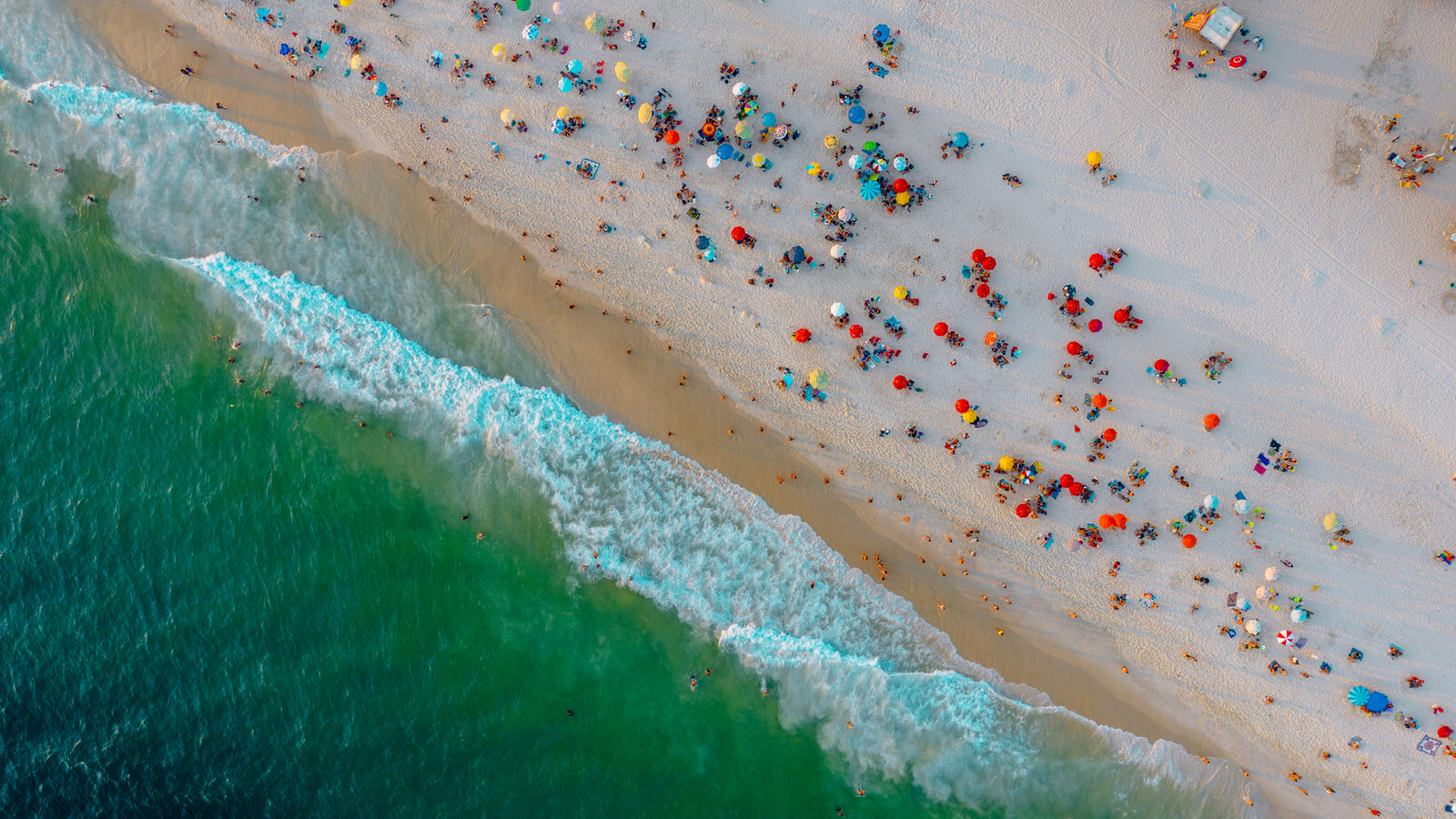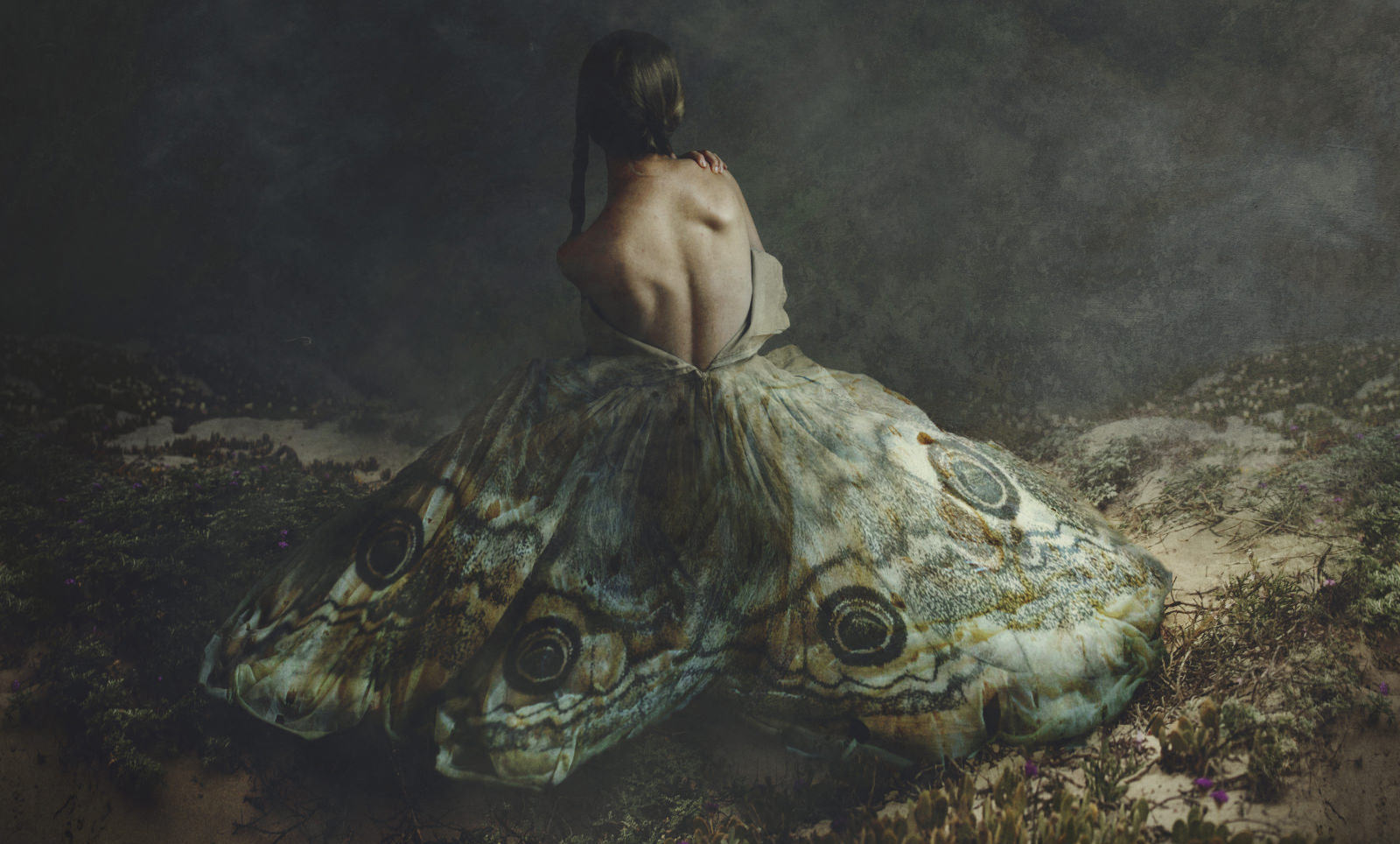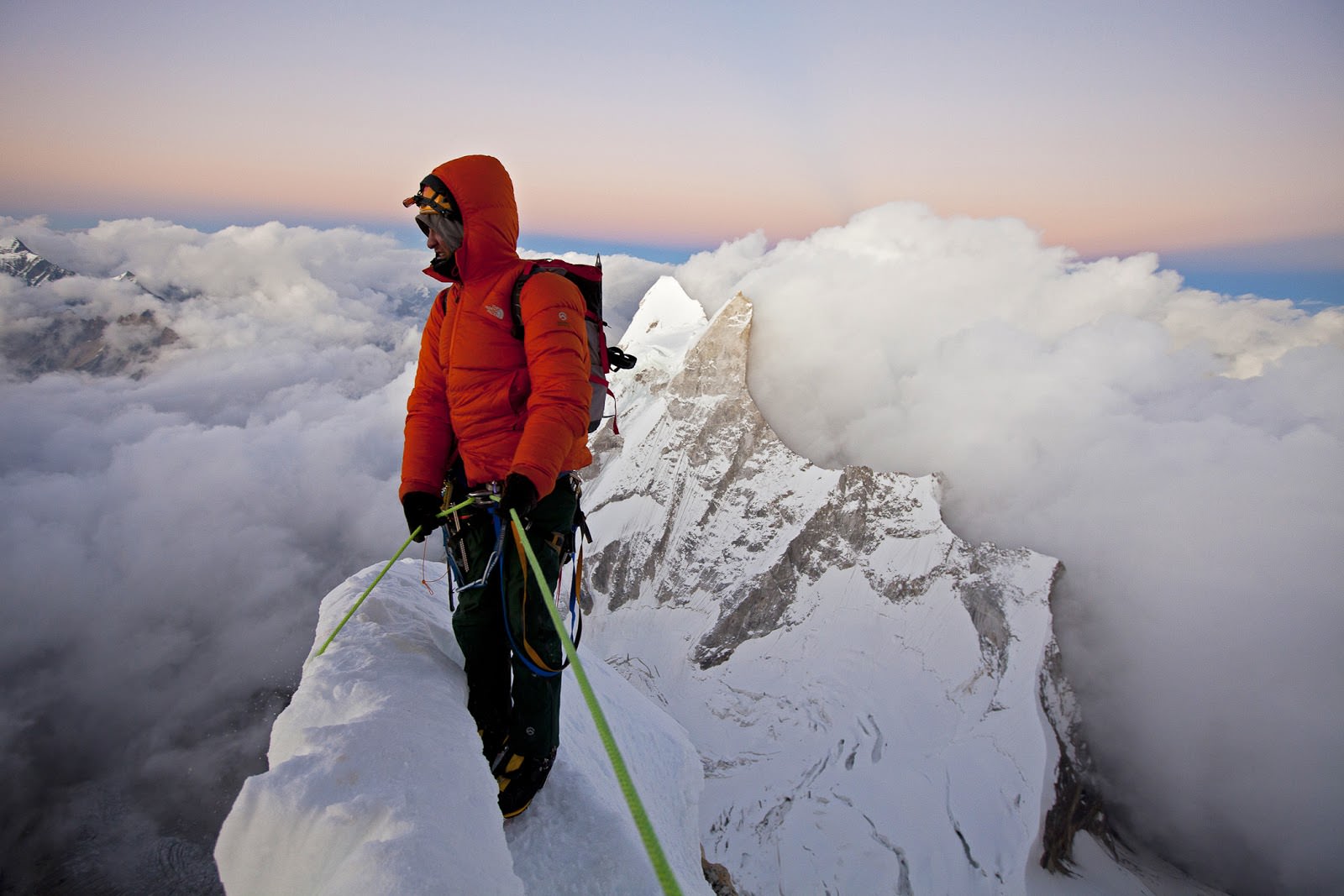
Braving the Elements with Climber, Traveler, and Adventure Photographer Renan Ozturk
For Renan Ozturk, the world is full of peaks to be climbed. Yet despite his partnerships with National Geographic, The North Face, and Sony; his more than 950,000 Instagram followers; his central role in the critically acclaimed documentary film, Meru, about his tumultuous ascent on the Indian summit with world-famous climbers Jimmy Chin and Conrad Anker – despite all these achievements, Ozturk is still challenging himself.
Those challenges may not be as physically dangerous, but they’re professional hurdles to be jumped for the photographer, who feels pigeonholed into the role of “rugged adventurer.” He’s supporting his wife, Taylor Rees, on her video documentary projects, and trying to spend more time illustrating and photographing cultures and people rather than landscapes and climbers.
It all stems from a desire to tell stories about our planet, rather than about any particular mountain. With climate change having become a defining issue of our political times, Ozturk is using his camera – and his influence – to tell stories with real impact.
So, to start, I would love to know when you began to consider yourself a photographer or an artist.
I had never set out to become a photographer, an artist. I studied science in school and then the last class I took was an art class. I also was starting to get into climbing, and the community aspect of that, and ended up on the road as a climber, and it started to go in the direction of just doing a lot of artwork and climbing.
And then, eventually, I found myself with a camera in my hand, just because I was doing a lot of things in places that I was really moved to document. And that has snowballed into this unlikely career that started just from following a community and a lifestyle.
When you say that something compelled you to document it, what exactly do you mean?
So the thing that really compelled me to start doing art or telling stories – doing photography, doing filmmaking – was just the power of these landscapes, the far reaches of the Himalaya or even some of the national parks in the U.S. Even in the city, there are places that will compel you to create. But what took it to the next level for me was also the humanity within those places, the cultures that you interact with, whether it’s a cowboy outside the Canyonlands in Utah, or a remote culture in Nepal harvesting honey off of a cliff face.
What is it about mountains, specifically, that attracts you?
Specifically, mountains attracted me ever since I was a little kid. I think there’s a certain sense of joy in being above a tree line. The White Mountains is where I first went above a tree line, and that sparked the initial childlike joy for being in those places.
Over time, it just kept growing, seeing the cover of National Geographic with Todd Skinner and Paul Piana climbing in the Trango group, the Trango Towers, and in Pakistan and Himalaya. Once I got more into climbing, I realized the mountaineers and climbers were part of a bigger community of people who are passionate – not only for exploration, but just living life to the fullest and helping others, helping the planet, being good stewards of the land.
When you saw those issues of National Geographic when you were younger, did you ever think to yourself, “I want to do that” or “I could do that”?
I didn’t. When I’ve seen those issues of National Geographic and whatnot, I don’t think I thought that I could ever achieve that, but it was definitely something that planted the seed in the back of my mind. And I would work very hard every day, just running up the hill of my backyard, simple things like that, just to tell myself that I was working towards that goal, even though not one specific action on the outside seemed like I was moving there that quickly.
And then, I don’t know, maybe over the course of 15 years, some of those dreams were realized through my progression of, you know, just skill set of how to know, and live, and react with the mountains in a responsible way, as well as tell those stories whether on a canvas or with a field camera or a video camera for a film.
Did your parents take you out hiking a lot or was this something you discovered on your own?
Yeah, it was my mom who took me above the tree line in the White Mountains in New Hampshire, like in the Mount Washington cirque. One of her friends is a big hiker. Neither of my parents were really big climbers and the whole thing was pretty alien to them. So, yeah, it wasn’t really a huge parental push, but I got lucky and had a few of those experiences early on that helped a lot.
At this point, is there a trip that you have been planning for a long time – a dream trip, maybe?
Yeah. I mean, there are always a lot of dream trips. I’d like to go back with my wife, Taylor, to help her on her documentary about lithium mining in the Atacama desert. I’d like to go to the Ruth Gorge in Alaska to complete a climbing project I started with Alex Honnold and Freddie Wilkinson.
I may be going on a trip to the Mustang in Nepal, to this forbidden kingdom on the Tibetan Plateau to document antiquities and culture loss in a place where there’s a road finally going in that will connect it to the outside world. There’s always a long list. It’s just a matter of how far you can move each one along.
When you’re going out to far places like that, say in Tibet or Nepal, places where there’s a huge, obvious wealth and cultural disparity, how conscious are you of your own privilege, and how do you grapple with that while you travel through these places?
I think we all have a lot of privilege in the first place to have the freedom to climb or tell stories, and I recognize that when I go into each one of these places. That’s why my stories have gone further and further away from first ascents and more towards cultural truths and helping these people amplify their voice – either people or a landscape – and just trying to find more meaning.
Even something I think about a lot on a daily level is just using my smartphone. A lot of these places are just getting smartphones and social media, and the landscape is changing really quickly, and that also makes you think about it more. That’s a good question, and something that’s always there.
I’d like to ask a little bit about the whole creative process at this point. For a big trip – a multi-day, multi-week expedition – how do you start to prepare?
Besides just the multi-week struggle and just getting the support you need financially, a lot of it comes down to training. I just went on a National Geographic trip – I actually worked with personal trainers specific for climbing, at a company called Uphill Athlete, started by a friend of mine.
And then it’s constant camera testing and refining; refining the story element, which sometimes evolves from when you first started thinking about the project; making sure you’re really well set up to talk to the right people, have the right connections, have your schedule as efficient as possible, if it’s an interview-heavy trip. If it’s a climbing trip, then you have to be constantly tweaking your climbing gear as well, and then your climbing camera gear and vice versa. We prepped for months for Everest, trying to dial in our camera systems. It’s never easy, but that goes a long way.
From a creative sort of storytelling point of view, what happens if you hit a wall, so to speak?
In the creative process, you’re inevitably going to hit walls quite often, especially if it’s a big and long trip. You just have to learn how to stay calm and react in constructive ways, even though that’s really hard. You can just have a moment – throw your wobbler, be it internal or quietly external, hopefully, and then creatively move on, because you know you’re doing the best you can and you just have to push on with that in mind.
And what about after you come back from a trip? You’ve got all this footage, all these photos, these experiences. How do you start to parse through that?
After you come back from a trip, for that part of the creative process, I think, it’s good to allow yourself as much time as possible. Sometimes, you need time to recover mentally and physically from a trip instead of trying to dive right back into it. So if you have the opportunity to give yourself as much time there, that’s usually best, so that it could marinate and you can really figure out what the ideas that you want to convey are.
Because most of these things, especially the ones that I do, aren’t scripted, so you often have to pull back through the footage. Even if you had a good idea of what the story is, it might be different than what you originally set out to do. Especially with filmmaking, find the right collaborators and make sure you only move forward when you know you’ve got the right people on your team to help you.
I want to ask a little bit about how you and Taylor work together, because I know that must be a pretty intimate and big relationship the two of you have. I can’t quite picture that. I’m wondering how your personal relationship has affected your working relationship, or vice versa, over the years.
Our relationship started when Taylor was still in grad school at the Yale School of Forestry studying climate change and how to convey these big ideas on film. Over time, she’s influenced me in that direction and I’ve helped her on a lot of adventure shoots. She definitely supported me during some of the early years, and now she has a lot more of her own projects that I support as well.
It’s definitely not a perfect balance, but it evolves every day, and it’s always really exciting for us to see what the other one is doing and try to support each other the best we can. I’m usually supporting her with cinematography roles; we’ve done a lot of projects that are total collaborations, like the Ashes to Ashes film that her father got us involved in, which is a story of an artist who’s a lynching survivor and he’s trying to heal from racial trauma with his art.
We also just came back from the Kuril Islands with Chris Burkard telling a science and climate change story. We just know each other’s strengths. When we get into an interview setting, for example, I’ll normally operate the camera and she’ll ask the questions, even though we’ve worked on them together and have a general idea of what to say.
Were you ever nervous about working with someone who you’re involved with romantically? Were you ever worried about those two worlds being the same world?
I don’t know if I ever worried about it. I’d always just kind of accepted it. This lifestyle is full of a lot of traveling – you’re not home very much – so I just always knew that we would have to work together quite a bit or we’d never see each other, despite getting advice from a lot of friends and business partners saying not to mix the two.
But, you know, life is short. I think the most important advice is just to do your production with people you love, if it’s romantically or non-romantically, and surround yourself with a good crew that’s going to get along. So I never thought twice about it. And that’s not to say it’s not hard at times. It can make things more emotional, but that also makes what you’re doing better, because you care about it so deeply.
Taylor notwithstanding, I’m wondering what artists or photographers you most admire, or who you’d cite as an influence.
I’m not a super-schooled art historian or xenophile. But I really respect some of the more creative and humble cinematographers in the field, like Emmanuel Lubezki, Edward Burtynsky’s work on landscapes around the world, and all the other National Geographic photographers.
It’s just nice to be inspired by your peers constantly, like my friend, Cory Richards, and how he’s growing into portrait photography as well as adventure photography and works on climate change and religion. And Paul Nicklen and Cristina Mittermeier for all the conservation work they do, in addition to just incredible water photography.
There are a lot of younger individuals around the world, too; there are just a lot of insanely talented, younger creatives out there that blow me away constantly as well. So I’m pretty open to the places that I get my inspiration from.
On a similar note then, is there any quote in particular that excites you or gets you motivated?
I want to say something funny right now, but I don’t know if I really have anything for you. No, I’m not the kind of guy who walks around and thinks of the world in, like, Instagram quotes. But “carpe diem” is always a good one – seize the day. I think I learned that when I was a kid, and it sometimes pops into my head, even though I never say it.
What about a book? Do you have any books you recommend, particularly for creative people?
I believe it’s called Save the Cat! [by Blake Snyder]. It’s a storytelling beat sheet book for how to accurately describe your projects and come up with a log line – the most descriptive, engaging line that you could say about your film or your project in one sentence. Really, everything is built from there. And if you’ve constructed a good project, you should be able to have a good log line.
And as my last question, you did sort of mention this before, but I’ll ask you again. What are you focusing on right now in your work?
I’m finishing up a feature documentary called Sanctity of Space, which is about an adventure climb in Alaska and the legacy of the greatest mountain photographer of all time. And then I’m finishing up all of the Everest content from the NatGeo trip. There are a few films there, an article and a podcast. And we’ve got another trip, heading out the door in about a week to Mustang, Nepal, hopefully, so I’m prepping for that as we speak.
On broader scale, is there anything you are personally focusing on with regards to photography, or maybe any subject that’s interesting you these days that you’re gravitating towards?
Yeah. In general, I’ll always do climbing stories so, but I’m gravitating more towards cultural stories in places that have unique cultural identities that are changing with globalization or climate change. Stories of cultural loss – not to say these cultures don’t have voices, but just amplifying those voices and, in some cases, capturing a portrait of their beautiful way of life before it changes and becomes more a part of the modern world.
What makes Renan’s photos remarkable is how small humans seem in contrast to the wild, dangerous majesty of Earth. And yet, it’s human actions that are threatening these same places with a rapidly changing climate. To see how Renan captures this delicate dynamic in his art, check out his website and Instagram.
